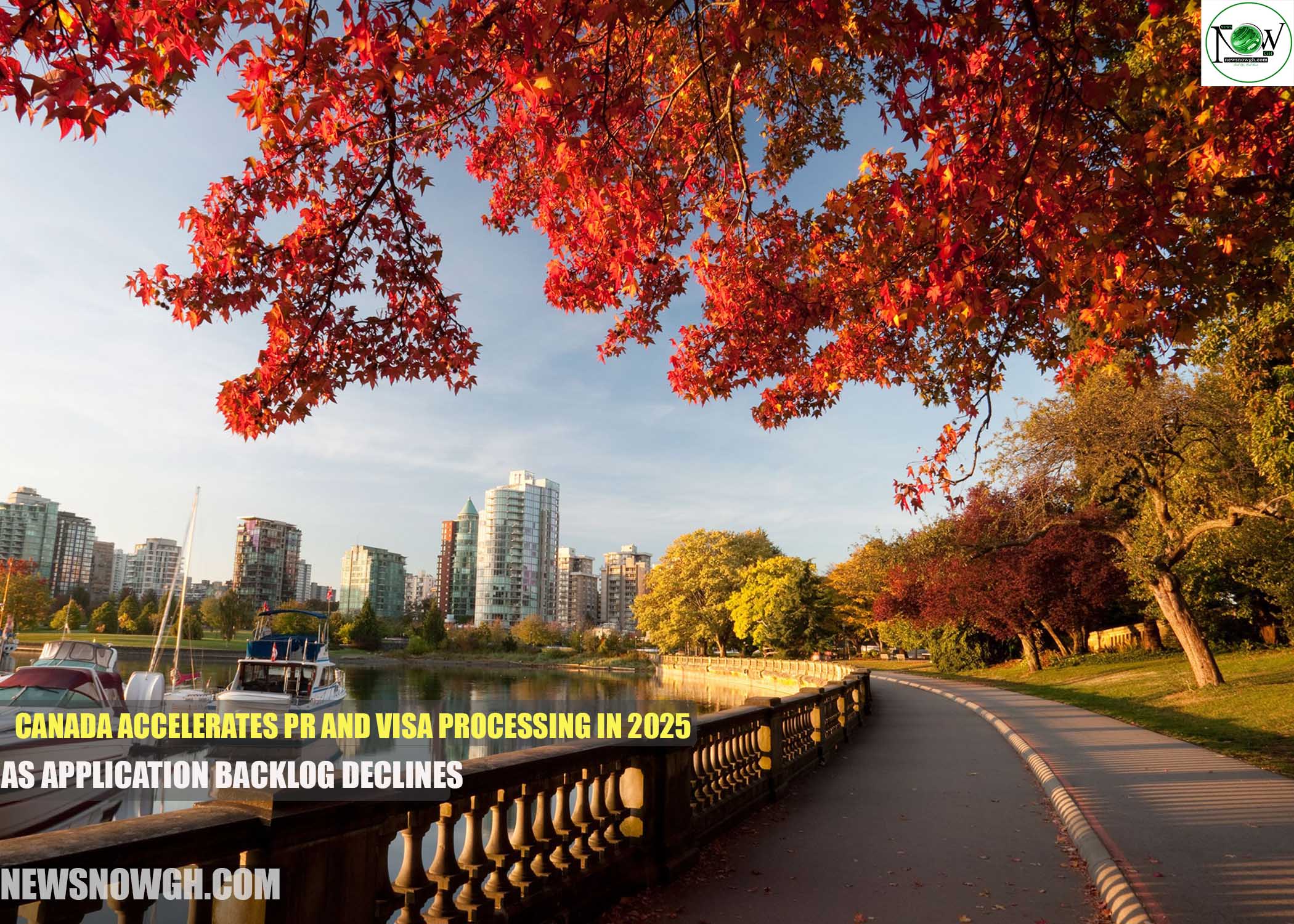Canada Accelerates PR and Visa Processing in 2025 as Application Backlog Declines
In 2025, Canada is making strides in reducing its immigration backlog. Immigration, Refugees and Citizenship Canada (IRCC) recently reported that pending applications have fallen below one million for three consecutive months. This improvement stems from automation and various policy changes that enhance processing times.
As of March 2025, the backlog stands at 821,200 applications. This number reflects a 7.95% decrease from January’s total of 892,100. By the end of February, the total number of immigration applications reached 2,029,400. Notably, IRCC processed 1,208,200 of these applications within its service standards.
Understanding Immigration Backlogs
IRCC defines a backlogged application as exceeding the department’s service standard. For instance, Express Entry applications should be processed within six months, and family sponsorship applications have a 12-month processing expectation. IRCC aims to complete 80% of applications within these timelines. The remaining 20% may take longer due to their complexity.
Trends in Immigration Backlogs
Canada’s immigration backlog has steadily declined since September 2024. It has dropped from over one million to 821,200 by February 2025, showcasing enhanced processing efficiency.
| Month | Backlog Count | Monthly Change (%) |
| September 2024 | 1,097,000 | +1.73% |
| October 2024 | 1,056,100 | -3.73% |
| November 2024 | 1,006,500 | -4.70% |
| December 2024 | 942,300 | -6.38% |
| January 2025 | 892,100 | -5.33% |
| February 2025 | 821,200 | -7.95% |
This consistent decrease is a positive sign for applicants.
Permanent Residence Application Backlog
As of February, the IRCC had 842,600 permanent residence applications in process. This includes applications from Express Entry, the Provincial Nominee Program (PNP), and family sponsorship. Among these, 478,600 applications, or 57%, met service standards. However, 364,000 applications remain in the backlog.
Express Entry and PNP Delays
Express Entry delays are significant, with 25% of applications exceeding the expected timeframe. The backlog for PNP applications rose to 36%. In contrast, the family sponsorship backlog improved slightly, dropping from 15% to 14%.
Temporary Resident Applications Experience High Backlog
Visitor visas currently face the most substantial backlog, with a delay rate of 65%. This figure surpasses IRCC’s target of 50%. Study permits and work permits also experience delays, though work permits show the lowest backlog since July 2023.
| Application Type | Backlog Rate (%) | IRCC Target (%) |
| Visitor Visas | 65% | 50% |
| Study Permits | 45% | 24% |
| Work Permits | 34% | Lowest since July 2023 |
While work permits have improved, visitor visas remain a concern.
Citizenship Applications
Out of 239,600 citizenship applications, 196,900 were processed on time. Only 42,700 applications are backlogged, which is 18% below IRCC’s 20% threshold.
Strategies to Address the Backlog
IRCC has adopted several strategies to manage application volumes effectively:
- Automation and Digital Processing: Over 80% of visitor visa applications now utilize automation, speeding up processing. AI-driven analytics help streamline straightforward applications.
- Study Permit Caps: A 35% reduction in new international student permits for 2024 aims to balance workloads. The cap is set at 360,000 study permits for the year.
- Stable Immigration Targets: Canada’s Immigration Levels Plan for 2025–2027 maintains targets of 485,000 permanent residents in 2025 and 500,000 in both subsequent years. This stability enhances processing predictability.
Implications for Travelers and Immigrants
The declining backlog results in faster visa processing times and less uncertainty. This improvement benefits individuals seeking to travel, study, or immigrate to Canada.
Conclusion
IRCC’s efforts to streamline immigration processing have yielded a significant backlog reduction. Through automation, application caps, and stable immigration targets, the department aims to maintain efficiency. However, challenges remain, particularly for visitor visas and study permits, making it essential for applicants to plan accordingly.
Follow NewsNowGh to stay updated on the latest information regarding work permits, visas, and visa-sponsored employment.


